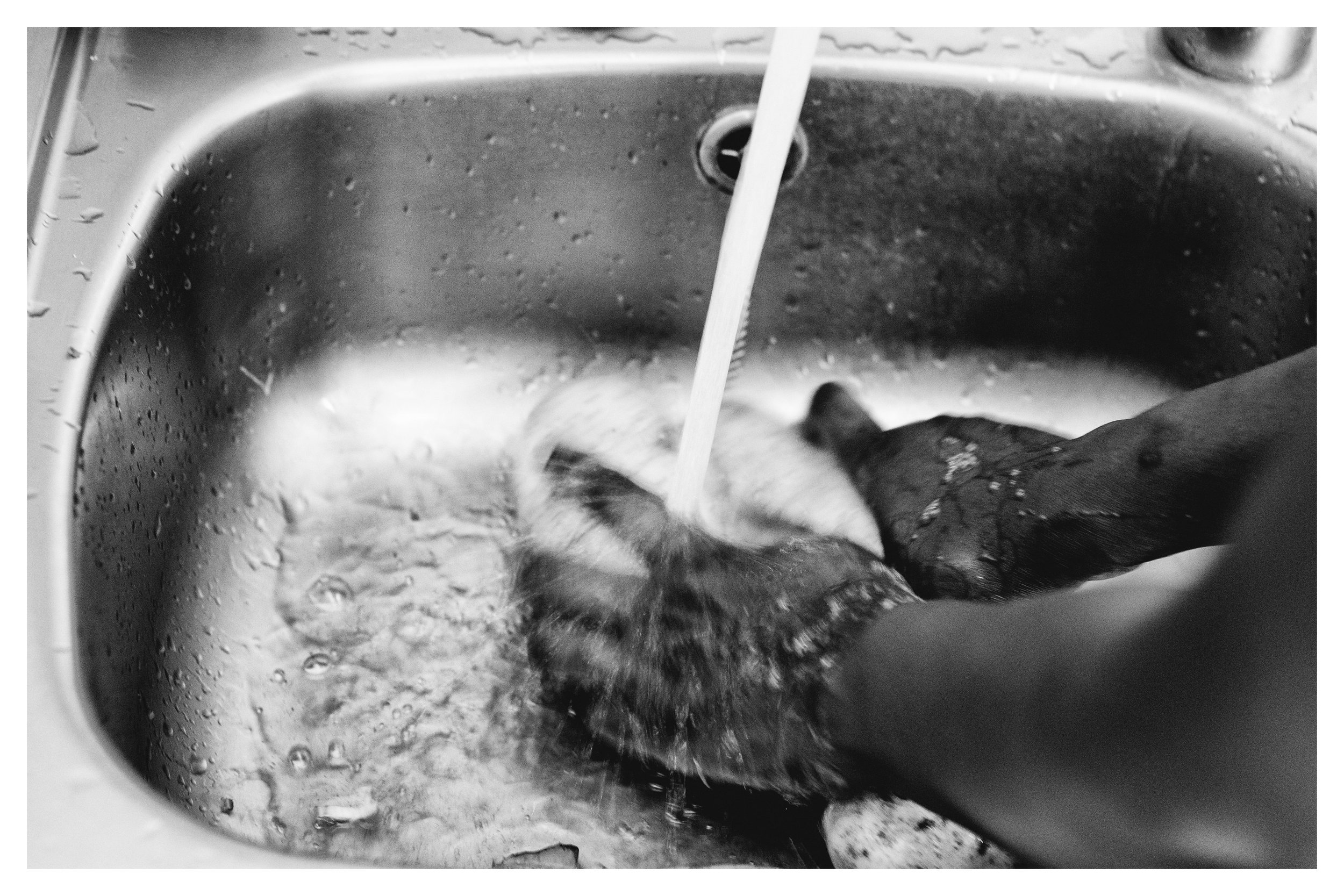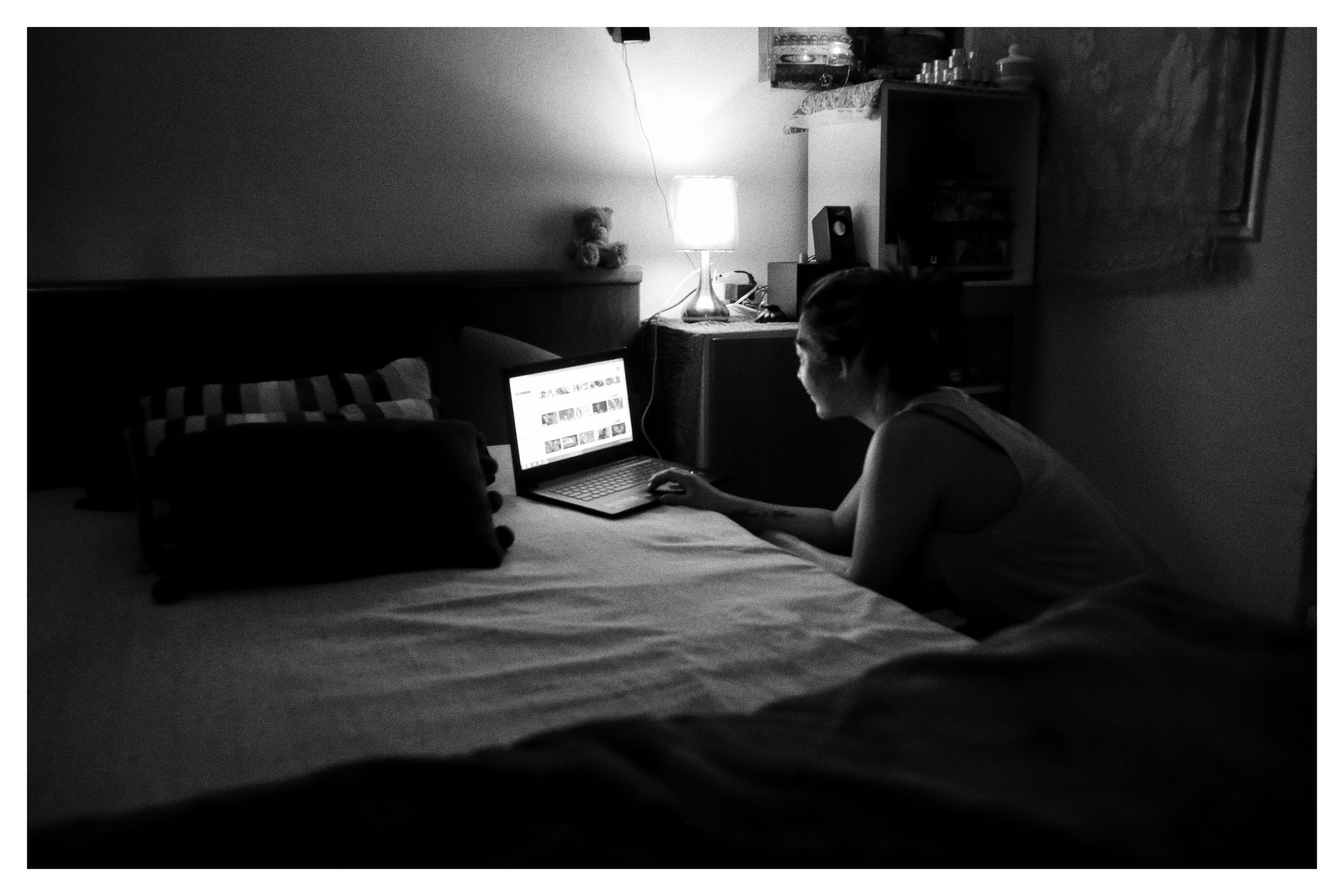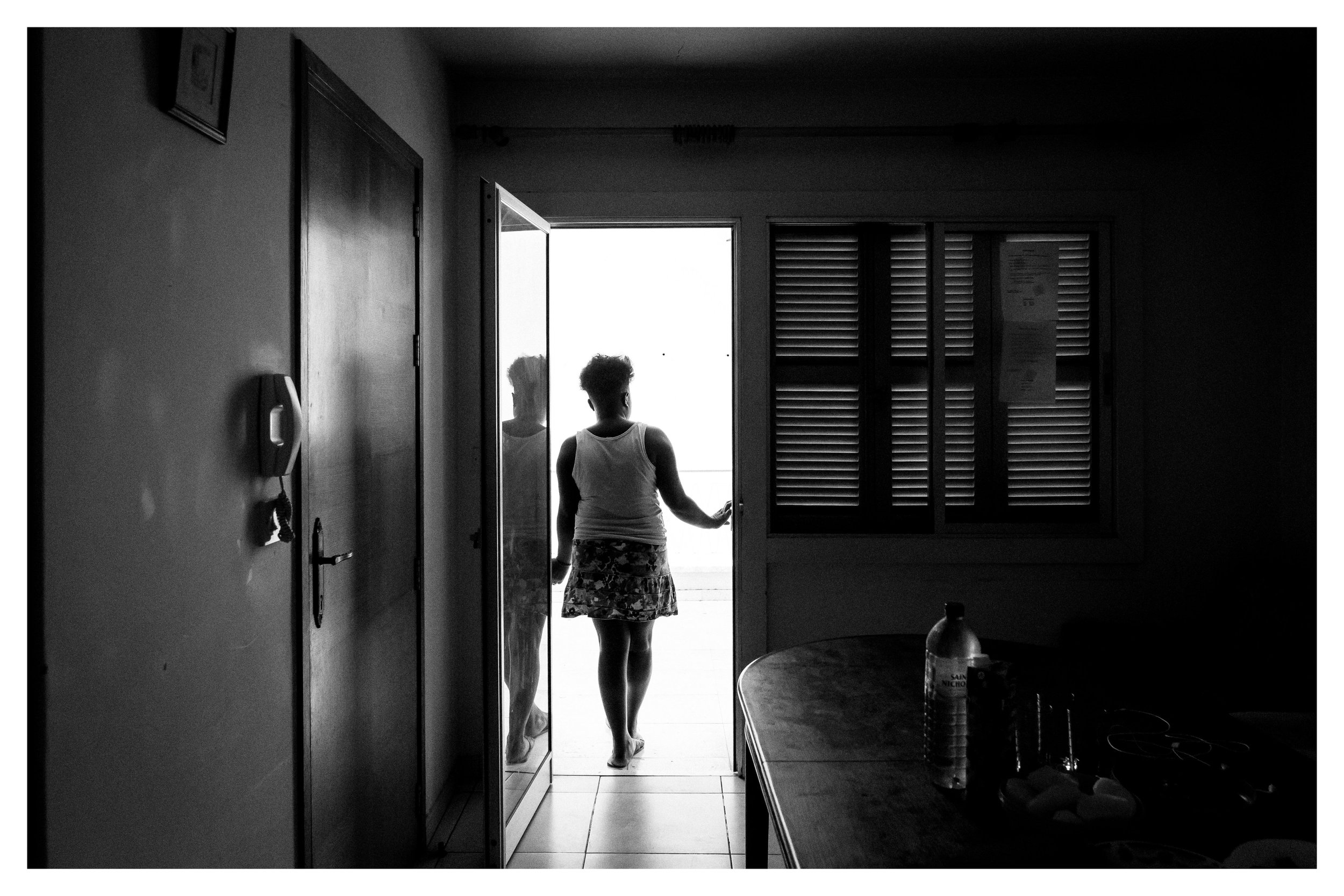Multimedia Exhibition: Island in the Sun
Island in the SUn
Despite devastation that followed by the Turkish occupation of northern Cyprus in 1974, the so-called “economic miracle” of the late 1970s and 1980s brought growth to the Greek south. A lack of low-skilled laborers prompted Cyprus to open its doors to foreign workers in 1990, abandoning the restrictive immigration policies. In 2004, Cyprus joined the EU. These two factors have lead to a steadily increasing immigration rate on the island over the past two decades.
As growing numbers of people displaced by nearby conflict zones try to reach Europe, the island’s vulnerable populations have also increased, and proven an easy target for exploitation. In hopes of escaping the cycle of poverty and hardship, families and young adults in developing countries sign away their homes or take out high risk loans, all to pay thousands of dollars to so called employment agencies to obtain work visas overseas and so enter Cyprus. For many people, the future looks quite dark and without much to lose, people take the chance when being offered a lucrative job, hoping to reach something better on the other side.
Many of the foreign workers expect to arrive in Europe's mainland with fairly good integration policies and welcoming communities, but instead are landing on contested lands, where the media and public debate circles around allegations that migrants and asylum seekers receive too many benefits and are responsible for the rise in crime, car accidents, and diseases.
Although the land is divided, the victims of trafficking that are being held by corrupt businesses are regularly trafficked across borders. Ironically, the police and government officials on either end of the conflict do not cooperate, while the mafia on both sides communicates and works well together.













